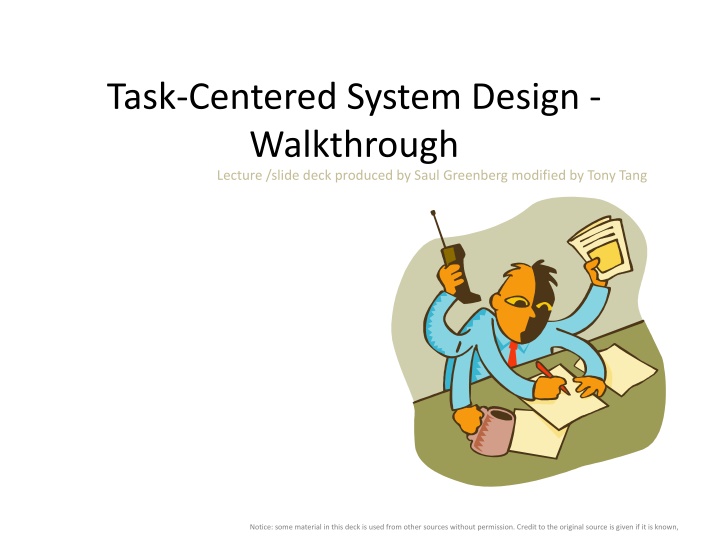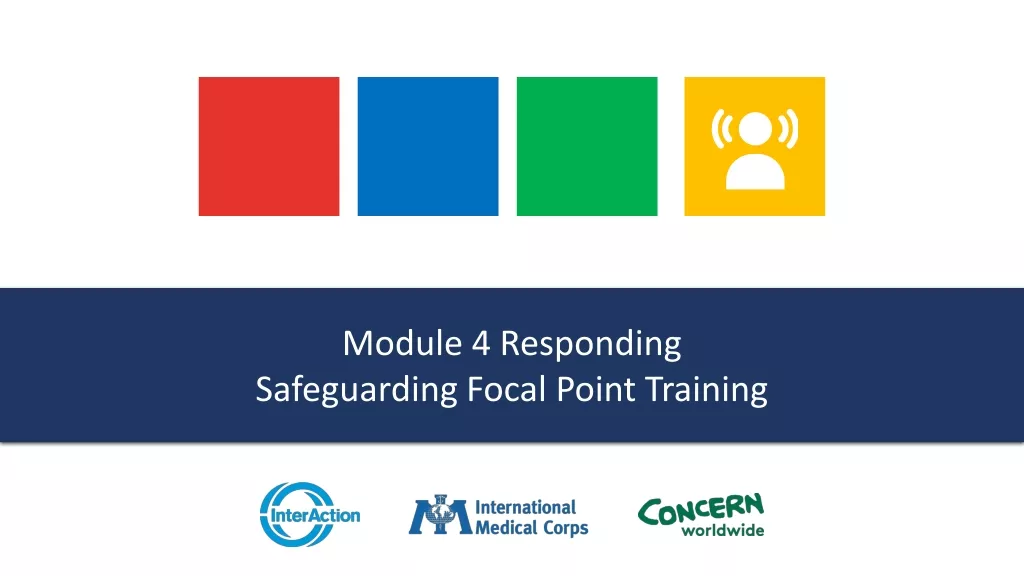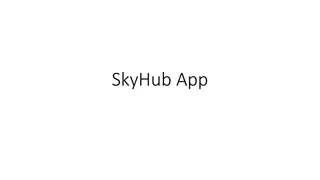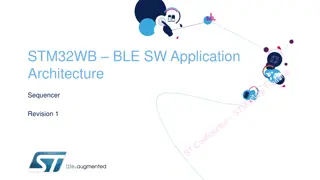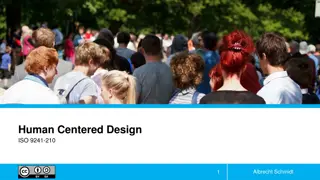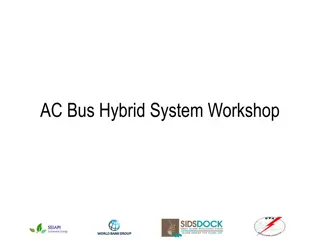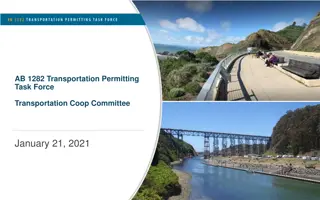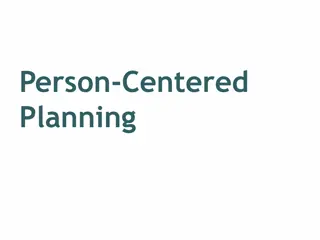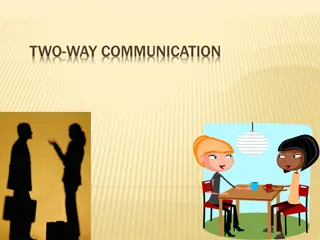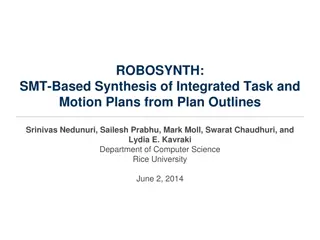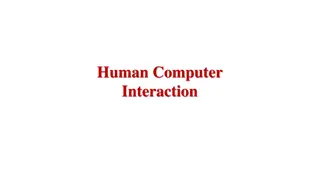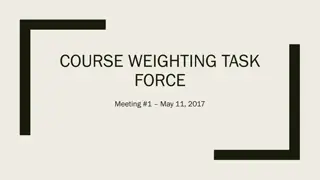Task-Centered System Design Walkthrough Lecture
This presentation explores the method of task-centered system design, covering phases such as identifying users, requirements analysis, design using scenarios, and evaluation through walkthroughs. The lecture aims to equip you with the ability to conduct a walkthrough using this design method and understand its benefits and applications. Examine specifications and a task example involving a customer navigating an online shopping system to grasp the practical aspects of task-centered design.
Download Presentation

Please find below an Image/Link to download the presentation.
The content on the website is provided AS IS for your information and personal use only. It may not be sold, licensed, or shared on other websites without obtaining consent from the author.If you encounter any issues during the download, it is possible that the publisher has removed the file from their server.
You are allowed to download the files provided on this website for personal or commercial use, subject to the condition that they are used lawfully. All files are the property of their respective owners.
The content on the website is provided AS IS for your information and personal use only. It may not be sold, licensed, or shared on other websites without obtaining consent from the author.
E N D
Presentation Transcript
Task-Centered System Design - Walkthrough Lecture /slide deck produced by Saul Greenberg modified by Tony Tang Notice: some material in this deck is used from other sources without permission. Credit to the original source is given if it is known,
Learning Objectives By the end of this lecture, you should be able to: conduct a walkthrough using task-centered design method discuss what a task-centered design method is good for, and why you might use it Saul Greenberg
Recap: Task Centered System Design Phase 1: Identifying users and developing task descriptions Phase 2: User-centered requirements analysis Phase 3: Design using scenarios Phase 4: Evaluate using task-centered walkthroughs Saul Greenberg
Cheap Shop Screen 1 Screen 2 Saul Greenberg
Specifications To create an order On screen 1, shoppers enter their personal information and their first order text is entered via keyboard the tab or mouse is used to go between fields. Further orders shoppers go to the 2nd screen by pressing the Next Catalog Item button Order completion shoppers select Trigger Invoice . the system automatically tells shipping and billing about the order the system returns to a blank screen #1 Saul Greenberg
Specifications To cancel order Shoppers do not enter input for 30 seconds (as if they walk away) The system will then clear all screens and return to the main screen Input checking all input fields checked when either button is pressed. erroneous fields will blink for 3 seconds, and will then be cleared. the shopper can then re-enter the correct values in those fields. Saul Greenberg
Task example: Fred Johnson Fred Johnson, who is caring for his demanding toddler son, wants a good quality umbrella stroller (red is preferred, but blue is acceptable). He browses the catalog and chooses the JPG stroller (cost $98. item code 323 066 697). He pays for it in cash, and uses it immediately. Fred is a first-time customer to this store, has little computer experience, and says he types very slowly with one finger. He lives nearby on Dear Bottom Avenue NW. JPG Stroller. This well made but affordable Canadian stroller fits children between 1-3 years old. Its wheels roll well in light snow and mud. $98. Red: Blue: 323 066 697 Saul Greenberg 323 066 698
Phase 4: Walk-through Evaluation Good for debugging an interface Process 1 Select one of the task scenarios 2 For each user s step/action in the task: a) can you build a believable story that motivates the user s actions? b) can you rely on user s expected knowledge and training about system? c) if you cannot: o you ve located a problem in the interface! o note the problem, including any comments o assume it has been repaired d) go to the next step in the task Saul Greenberg
Task number: ____ Walkthrough template Description of Step Does the user have the knowledge/training to do this? Is it believable that they would do it? Are they motivated? Comment / solution An example walkthrough for this exercise is found in Greenberg, S. Working through Task-Centered System Design. in Diaper, D. and Stanton, N. (Eds) The Handbook of Task Analysis for Human-Computer Interaction. Lawrence Erlbaum Associates. Saul Greenberg
Fred: entering shop, finding a computer (1) 10 Saul Greenberg
Fred: entering shop, finding a computer (1) 11 Saul Greenberg
Fred: entering shop, finding a computer (1) 12 Saul Greenberg
Fred: entering shop, finding a computer (1) 13 Saul Greenberg
Fred: entering shop, finding a computer (1) 14 Saul Greenberg
Specifications To cancel order Shoppers do not enter input for 30 seconds (as if they walk away) The system will then clear all screens and return to the main screen Input checking all input fields checked when either button is pressed. erroneous fields will blink for 3 seconds, and will then be cleared. the shopper can then re-enter the correct values in those fields. Saul Greenberg
Fred: entering personal information (2) 16 Saul Greenberg
Fred: entering personal information (2) 17 Saul Greenberg
Fred: entering personal information (2) 18 Saul Greenberg
Fred: entering personal information (2) 19 Saul Greenberg
Fred: entering personal information (2) 20 Saul Greenberg
Fred: entering personal information (2) 21 Saul Greenberg
Fred: entering personal information (2) 22 Saul Greenberg
Fred: entering personal information (2) 23 Saul Greenberg
Fred: entering personal information (2) 24 Saul Greenberg
Fred: entering personal information (2) 25 Saul Greenberg
Fred: entering personal information (2) 26 Saul Greenberg
Fred: entering personal information (2) 27 Saul Greenberg
Fred: entering item information (3) 28 Saul Greenberg
Fred: entering item information (3) 29 Saul Greenberg
Fred: entering item information (3) 30 Saul Greenberg
Fred: entering item information (3) 31 Saul Greenberg
Fred: entering item information (3) 32 Saul Greenberg
Fred: Picking up and paying for the stroller (4) 33 Saul Greenberg
Thoughts? You can evaluate an interface without a user Forces us to be systematic: Useful to think about the significance of each field to the user (and how they might/might not use it) Flow-based technique: May leave out some issues error cases, and exception cases Because we re going into the minutiae really low level, allows us to see things that we might have ignored if we were just glancing Takes a long time -- tedious How low-level do we go As a designer, I may not know what a bird-watcher is like Saul Greenberg
Also consider exceptional cases The previous step would have explored all the tasks as you ve spelled them out in your first phase Also consider error, failure, exception cases, just to see how well your interface would do. Saul Greenberg
Fred: interruptions, errors and exceptions 36 Saul Greenberg
Fred: interruptions, errors and exceptions 37 Saul Greenberg
Fred: interruptions, errors and exceptions 38 Saul Greenberg
Fred: interruptions, errors and exceptions 39 Saul Greenberg
Fred: interruptions, errors and exceptions 40 Saul Greenberg
Fred: interruptions, errors and exceptions 41 Saul Greenberg
Fred: interruptions, errors and exceptions 42 Saul Greenberg
Regarding John (walkthrough in a nutshell) Changes in order are not supported well Slow items entry Slow reaction time will result in more customers waiting in line (not good). 43 Saul Greenberg
Are there better ways to do it? Barcode reader Touch screen Wizard guidance 44 Saul Greenberg
Printing To recall this order, scan the bar code on the printout Saul Greenberg
Task-Centered System Design: Summary Formulaic method of designing systems based on user needs Provides a systematic mechanism evaluate interfaces without users (pedantic, tedious) Provides a method of identifying bugs, and to iteratively improve an interface may be good at getting the design right, but maybe not the right design Simple to use, and effective in many cases Saul Greenberg
